Idrw Team
SOURCE: IDRW.ORG TEAM

The Defence Research and Development Organisation (DRDO) is gearing up for additional testing of its Naval Anti-Ship Missile – Short Range (NASM-SR) in 2024. The upcoming tests are intended to validate all technical parameters of the missile, with a particular focus on achieving its maximum range of 55 kilometers. This initiative comes following the successful flight test conducted by DRDO in November, during which the missile demonstrated a range of 35 kilometers.
The NASM-SR is a formidable naval anti-ship missile designed to enhance the capabilities of the Indian Navy. It is propelled by two two-stage solid propulsion systems, featuring an in-line ejectable booster and a long-burn sustainer. These advanced propulsion systems contribute to the missile’s agility and effectiveness in engaging maritime targets.
Continue readingSOURCE: IDRW.ORG TEAM

Dg Propulsion Private Limited (DPPL) is celebrating a major milestone today! Their team successfully completed demo test runs for the powerful and precise DG J40 Jet engine, showcasing its capabilities for valued customers. This marks a significant leap forward for the Indian company, further solidifying their position as a leader in cutting-edge jet engine technology for unmanned aerial vehicles (UAVs) and defense applications.
Building upon the success of their DG J20 engine, DG Propulsion has raised the bar with the DG J40. This turbojet boasts a thrust capacity of up to 40 kgf, making it a true powerhouse in the world of UAV propulsion. This increased power output translates to greater range, payload capacity, and maneuverability for UAVs, opening up exciting new possibilities for military and civilian applications.
Continue readingSOURCE: IDRW.ORG TEAM
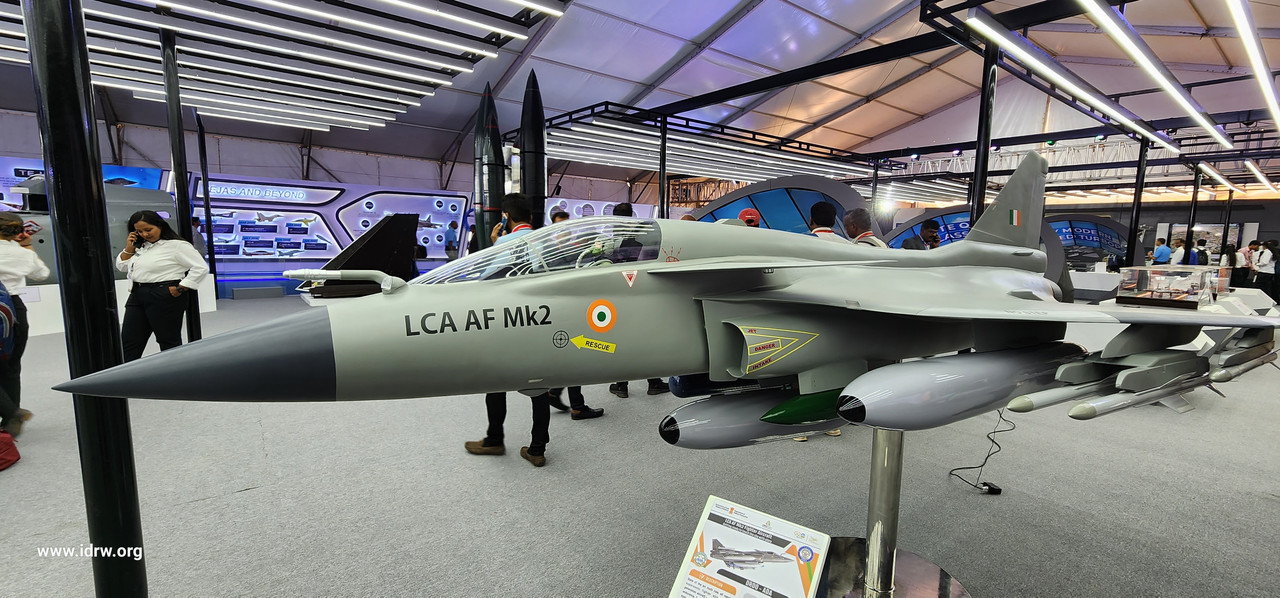
India’s Tejas MkII fighter jet, set to be powered by the American F-414 engine, will boast a modular engine bay designed to accommodate even more powerful engines in the future. This forward-thinking approach paves the way for seamless integration of a new 110kN engine currently under development for the fifth-generation Advanced Medium Combat Aircraft (AMCA) program.
The F-414 engine, a proven powerhouse generating around 98kN of thrust, will provide ample muscle for the Tejas MkII fleet. However, anticipating future needs for increased power, especially in the AMCA program, the engine bay has been designed with adaptability in mind.
Continue readingSOURCE: IDRW.ORG TEAM
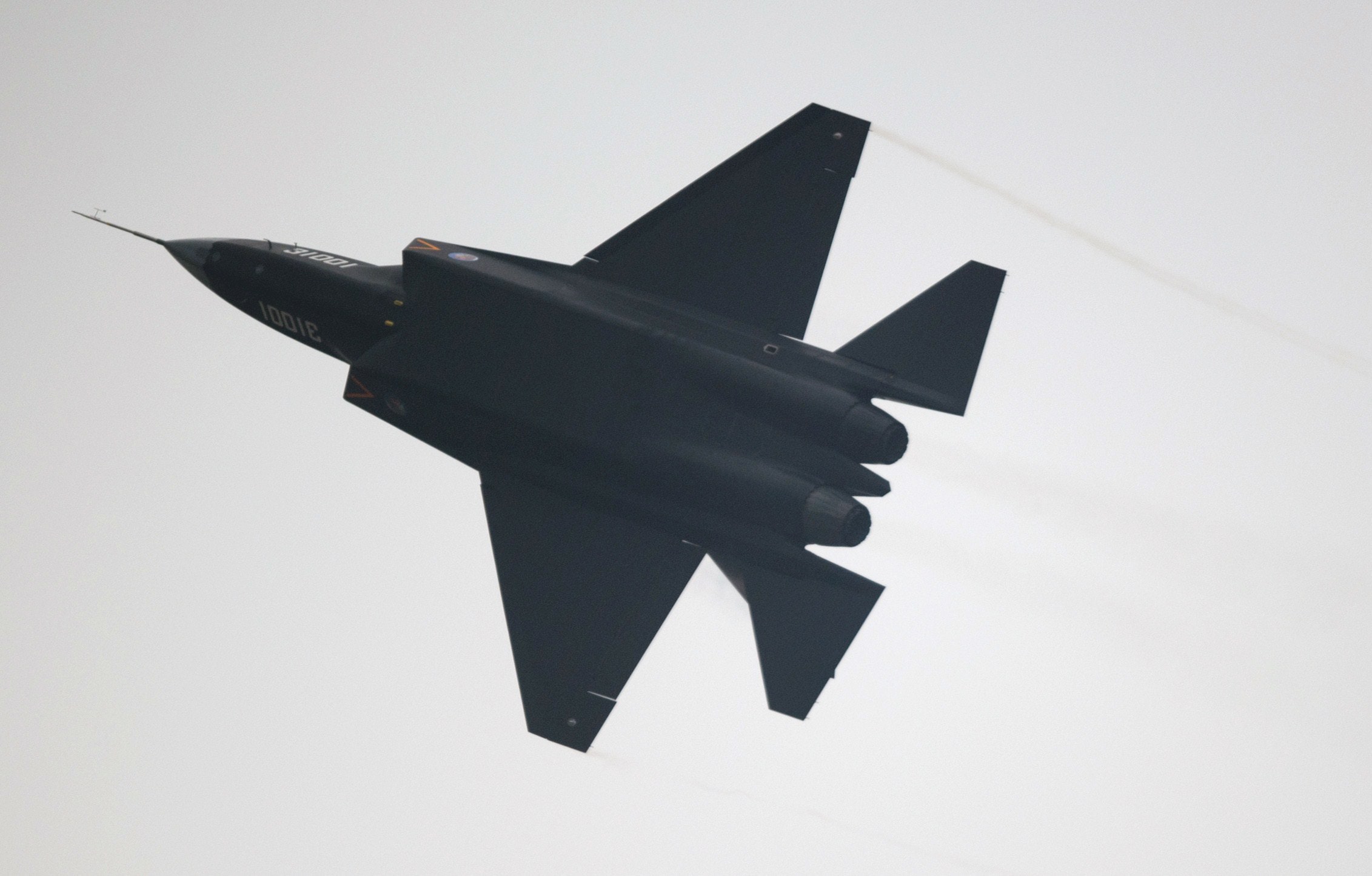
The veil has been lifted on Pakistan’s airpower ambitions, with the Pakistan Air Force (PAF) officially announcing plans to acquire China’s J-31 stealth fighter jets. This move marks a significant shift in the regional arms race, raising questions about its impact on the delicate power dynamics between Pakistan and India.
The J-31 boasts advanced stealth capabilities, designed to evade radar detection and penetrate deep into enemy airspace. Its twin-engine configuration offers enhanced power and payload capacity, making it a formidable contender in modern aerial combat. However, the J-31’s price tag and operational costs pose challenges for Pakistan. The exact number of jets to be procured remains unclear, with estimates suggesting a modest squadron due to budgetary constraints.
Continue readingSOURCE: IDRW.ORG TEAM
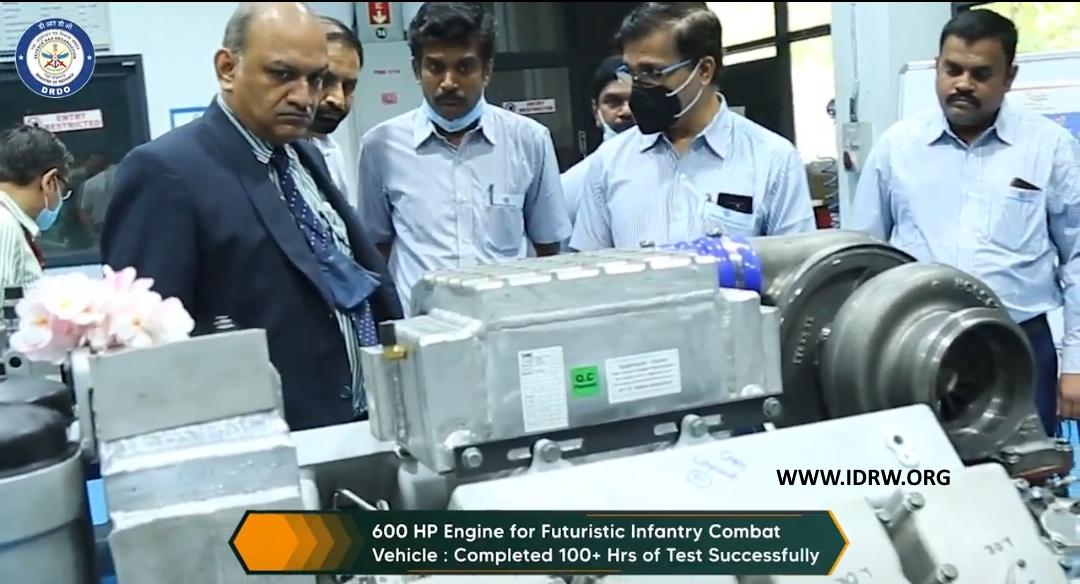
A significant milestone has been achieved in India’s quest for self-reliance in military technology. The indigenously developed 600 hp engine, a joint effort between the Combat Vehicles Research & Development Establishment (CVRDE) and Ashok Leyland, has successfully completed over 100 hours of testing since its inauguration in December 2021. This engine, designed from scratch with advanced technologies, is expected to play a crucial role in powering India’s Future Infantry Combat Vehicle (FICV) program.
The CVRDE-designed engine boasts compactness, efficiency, and lightness, thanks to the incorporation of advanced technologies. This makes it comparable to contemporary battle tank engines and ideally suited for the demanding battlefield requirements of the FICV program.
Continue readingSOURCE: IDRW.ORG TEAM
The Ministry of Defence (MoD) of India has released its year-end review for 2023, showcasing significant advancements in the country’s military capabilities. Amongst these achievements, the Vertical Launch Short Range Surface to Air Missile (VL-SRSAM) stands out as a game-changer for India’s naval and air defense.
Developed as a surface-to-air variant of the Astra MkI Beyond Visual Range Air-to-Air Missile (BVRAAM), the VL-SRSAM packs a punch with a remarkable strike range of 80 kilometers. This exceeds expectations, as initial predictions estimated a range below 50 kilometers. The extended range allows the VL-SRSAM to effectively neutralize a wide range of aerial threats.
Continue readingSOURCE: IDRW.ORG TEAM
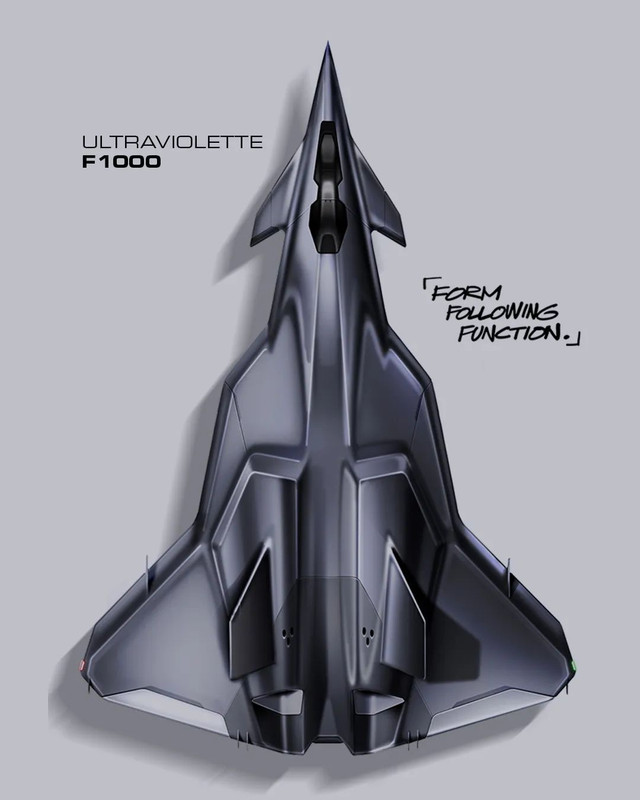
Buckle up, aviation enthusiasts, because India’s premier electric motorcycle manufacturer, Ultraviolette Automotive, just unveiled a mind-blowing concept that transcends the realm of two wheels – the F1000, a hypersonic electric jet claimed to be the 4th generation in their electrifying aeronautical lineage.
This futuristic marvel promises to be the successor to the FX-800, but with a revolutionary twist. Imagine a sleek aircraft crafted from shape-shifting Titanium-Niobium memory alloys, allowing for wings that adapt to the demands of supersonic flight. And that’s just the tip of the iceberg.
Continue readingSOURCE: IDRW.ORG TEAM
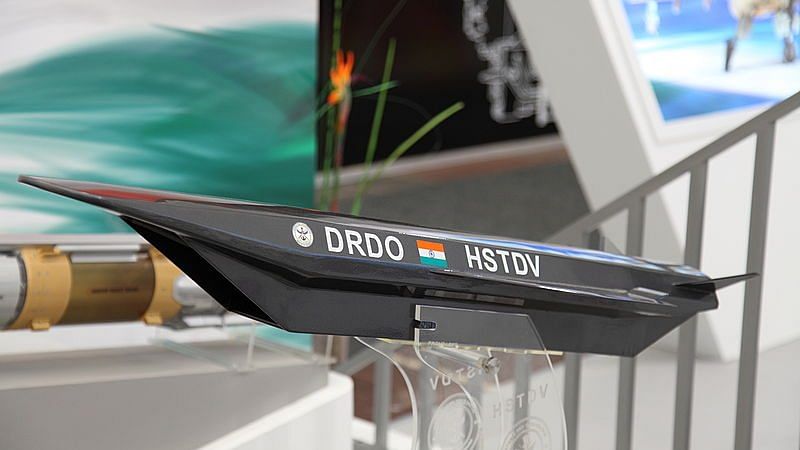
India’s quest for self-reliance in defense technology is set to take a major leap forward with the proposed revamp of the Technology Development Fund (TDF) and restructuring of the Defence Research and Development Organisation (DRDO). A high-powered committee led by Dr. Kakodkar, former Secretary of the Department of Atomic Energy (DAE), and Dr. Saraswat, Member of NITI Aayog, has submitted a report to Defense Minister Rajnath Singh outlining a bold vision for the future of Indian defense research and development.
The TDF, established as part of the “Make in India” initiative, provides financial support to Indian companies and startups for developing cutting-edge defense technologies. The committee’s report proposes a significant increase in the TDF’s budget, bringing it closer to the level of the US Defense Advanced Research Projects Agency (DARPA). This will allow India to fund more ambitious and high-risk research projects, fostering innovation and breakthroughs in critical areas like artificial intelligence, hypersonics, and quantum technologies.
Continue readingSOURCE: IDRW.ORG TEAM

Bengaluru-based startup, The NewSpace Research and Technologies group is spearheading the convergence of AR, VR, and LLM technologies to create a Mixed Reality ecosystem specifically designed for aerospace maintenance. This holistic approach aims to provide maintenance crews with a comprehensive and immersive experience, ensuring that critical information is delivered with unmatched clarity, precision, and relevance.
The integration of cutting-edge techniques and high-fidelity content in Mixed Reality solutions enhances the quality and relevance of information provided to aircraft maintenance crews. This revolutionary approach goes beyond traditional methods, allowing maintenance teams to access information in real-time, reducing latency, and minimizing error margins. The result is a transformative shift in how information is presented, making it clear, unambiguous, and readily available to enhance decision-making processes.
Continue readingSOURCE: IDRW.ORG TEAM

Sweden’s Saab recently became the first foreign company to secure 100% Foreign Direct Investment (FDI) in India’s defense projects. This has ignited a surge of interest among various international defense manufacturers to establish independent facilities in India, allowing them full ownership without the need for partnerships.
Several contenders vying for the Indian Air Force’s Multirole Fighter Aircraft (MRFA) program are now proposing similar arrangements. Following its successful bid for 100% FDI, Saab made headlines by backing out from a previously planned joint venture with Adani Defence. The joint venture aimed to manufacture Gripen-E fighter jets in India, contingent upon winning the MRFA contract.
Continue readingSOURCE: IDRW.ORG TEAM

The Indian Army is turning heads with its latest addition to its arsenal: All-Terrain Vehicles (ATVs) equipped with Konkurs anti-tank guided missile (ATGM) systems. Images surfacing from the Indian Army Southern Command reveal Arctic Cat Alterra TBX 700 ATVs sporting these powerful missiles, showcasing a potent combination of mobility and firepower.
These nimble ATVs offer several advantages over traditional armored vehicles. Their lighter weight allows them to navigate rough terrain with ease, making them ideal for mountainous and remote regions. Additionally, their relatively low cost compared to tanks and other heavy vehicles provides the Army with a cost-effective way to enhance their firepower in strategic locations.
Continue readingSOURCE: IDRW.ORG TEAM

Air Chief Marshal RKS Bhadauria, former chief of the Indian Air Force, has delivered a resounding vote of confidence in the upgraded Tejas Mk1A fighter jet, declaring it superior in several aspects even to the formidable Mirage-2000 currently in service. This statement comes as the country grapples with the question of finding a suitable replacement for the ageing MiG-21 fleet.
While acknowledging the MiG-21’s Squadrons as the first recipient of the Tejas Mk1A, Bhadauria emphasized that the new aircraft’s capabilities far surpass its predecessor it is replacing. He stated that the Mk1A is not just a MiG-21 replacement, but a leap forward in terms of technology and firepower, leaving both the MiG-21 and, surprisingly, the Mirage-2000 in its dust.
Continue readingSOURCE: IDRW.ORG TEAM

Azista Aerospace, a leading provider of satellite and Satcom application products, has announced a strategic partnership with Forge for the DISC 8 Challenge. This challenge focuses on developing a lightweight, multiband Software Defined Radio (SDR) for ships, submarines, and aircraft, significantly enhancing communication capabilities across diverse platforms.
The proposed SATCOM solution aims to revolutionize communication capabilities for maritime and airborne platforms. The multiband functionality encompassing UHF, S, C, Ku, and Ka bands ensures seamless connectivity across various frequencies, enabling robust communication in diverse environments. The lightweight and compact design promises enhanced mobility and flexibility for deployment on ships, submarines, and aircraft.
Continue readingSOURCE: IDRW.ORG TEAM
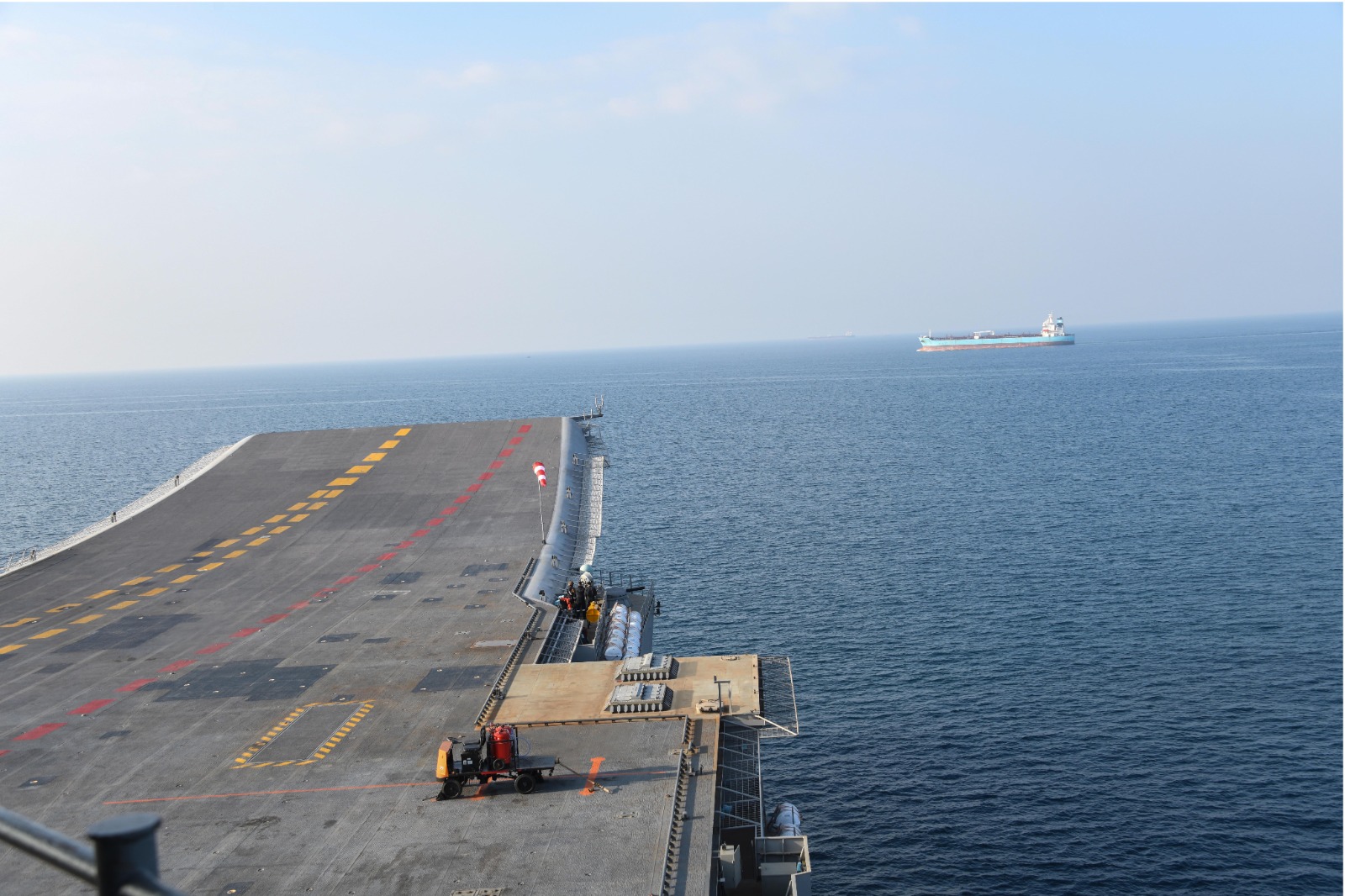
Get ready for a double dose of Indian naval power! India’s first indigenous aircraft carrier, INS Vikrant, is back in action after undergoing major upgrades. Now equipped with cutting-edge technology and weapons systems, it’s poised to join its predecessor, INS Vikramaditya, in safeguarding the nation’s maritime interests.
At the heart of Vikrant’s resurgence lies the EL/M-2248 MF-STAR, a multifunction active electronically scanned array (AESA) naval radar. This Israeli-made marvel provides unparalleled situational awareness, scanning vast stretches of the ocean for threats like enemy aircraft, missiles, helicopters, and drones.
Continue readingSOURCE: IDRW.ORG TEAM

In a landmark move for both maritime security and India’s innovation ecosystem, Bharat Electronics Limited (BEL), a leading Defence Public Sector Undertaking (DPSU), has signed the first procurement contract under the iDEX initiative with Blurgs Innovations Private Limited. This strategic partnership marks a significant step towards bolstering India’s maritime domain awareness with cutting-edge Artificial Intelligence (AI) technology.
Blurgs Innovations, an iDEX winner, has developed TRIDENT, an intelligent maritime domain awareness tool that promises to revolutionize the way we monitor and protect our vast coastlines. TRIDENT utilizes advanced AI algorithms to detect anomalies in real-time, providing crucial insights into suspicious activities and potential threats. This shift from traditional monitoring methods to anomaly-based detection offers several advantages:
Continue reading